Link: http://www.huffingtonpost.co.uk/entry/midwives-health-visitors-photos_uk_5a9fe458e4b0d4f5b66c2089
Midwives and health visitors in Mali, Nigeria and South Sudan have been photographed as part of a global campaign to raise awareness of neonatal mortality rates. Unicef shared the photos as part of their Every Child Alive campaign, which aims to reduce the number of newborn babies dying within four weeks of being born.
Fatoumata Ouattara is one woman pictured in the photo project. She’s a “Mama Yeleen”, which is a woman who has been specially trained in early childhood development and good early nutritional practices.
Ouattara does a daily door-to-door visit of families with young children to educate parents about good practices for the welfare of mothers and children, in Baraouéli village, Mali. In the photo below she is with mum Djénéba Diarra and her three-month-old baby Assitan Doumbia.
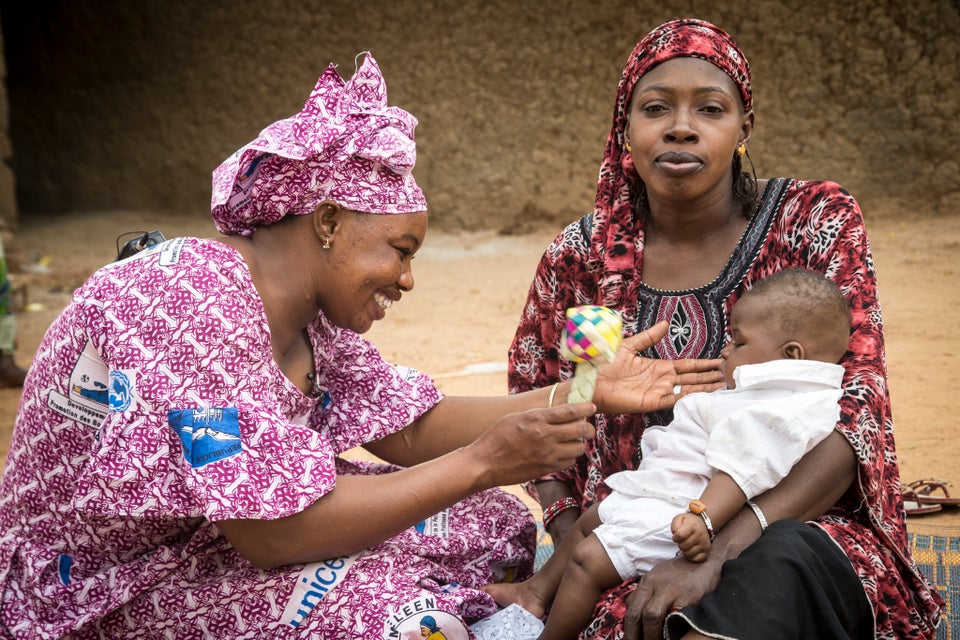
Ouattara also leads many group sessions in the village with women to raise awareness of the importance of prenatal health visits. She discusses matters relating to early baby development and health. Mothers, new mothers and those who are expecting will attend.
She teaches mothers they they should “register their children at birth, respect the vaccination calendar to immunise them, exclusively breastfeed them for the first six months, play with them at home and enrol them in preschool”.
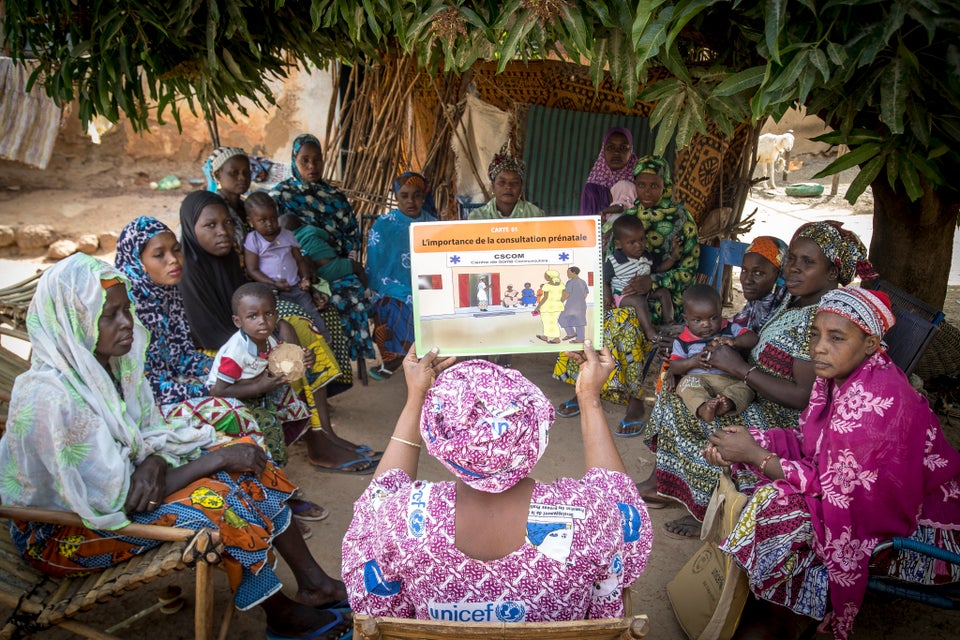
Unicef is urging people to sign their petition to demand “affordable, quality health care for every mother and newborn”, after they revealed the most dangerous places for a baby to born around the world.
In February, they revealed Pakistan topped the list, as one in 22 babies born there die within their first month. The safest place was Japan, where one in every 1,111 babies die within a month. For babies born in the United Kingdom the figure is one in every 395 babies, meaning they are more likely to die in their first month than if they were born in Latvia, Lithuania, Cuba or Montenegro.
Another country in the photo project is Nigeria. Amina Shallangwa has been a midwife there for more than 20 years. “I became a midwife because the last baby of my mother, she had a stillbirth [sic],” she said. “So when I was growing up, I said, ‘I have to be a midwife so that I will help my people’”.
In the photo below, she uses a Pinard horn – a type of stethoscope – as she listens to the heartbeat of Hawau Adamu’s nine-month-old unborn baby at the Auno health clinic, Auno, northeast Nigeria.
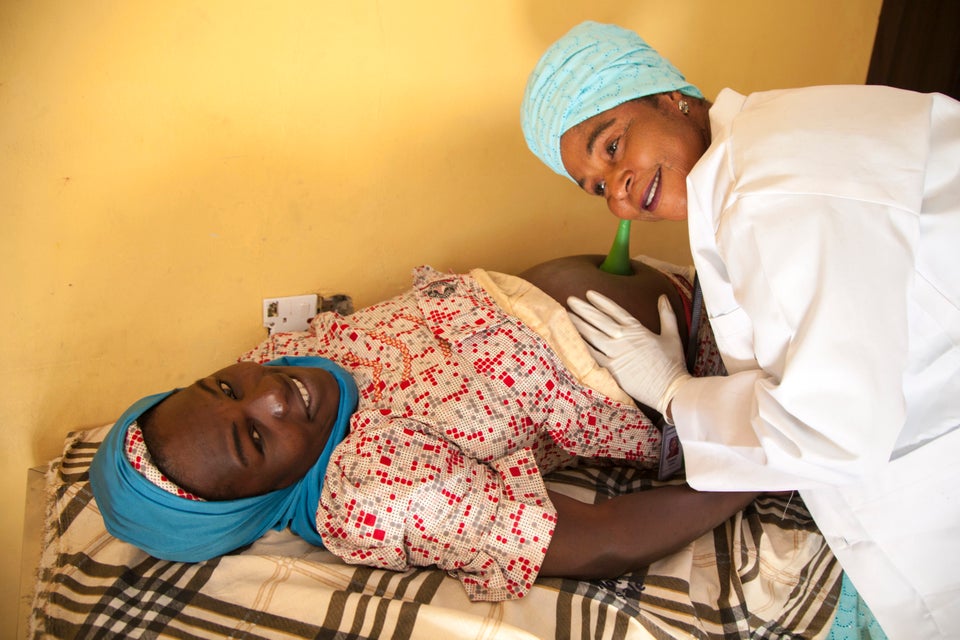
Shallangwa was also pictured measuring the head of a newborn baby at a UNICEF-supported health clinic in Muna Garage IDP (internally displaced people’s) camp, northeast Nigeria.
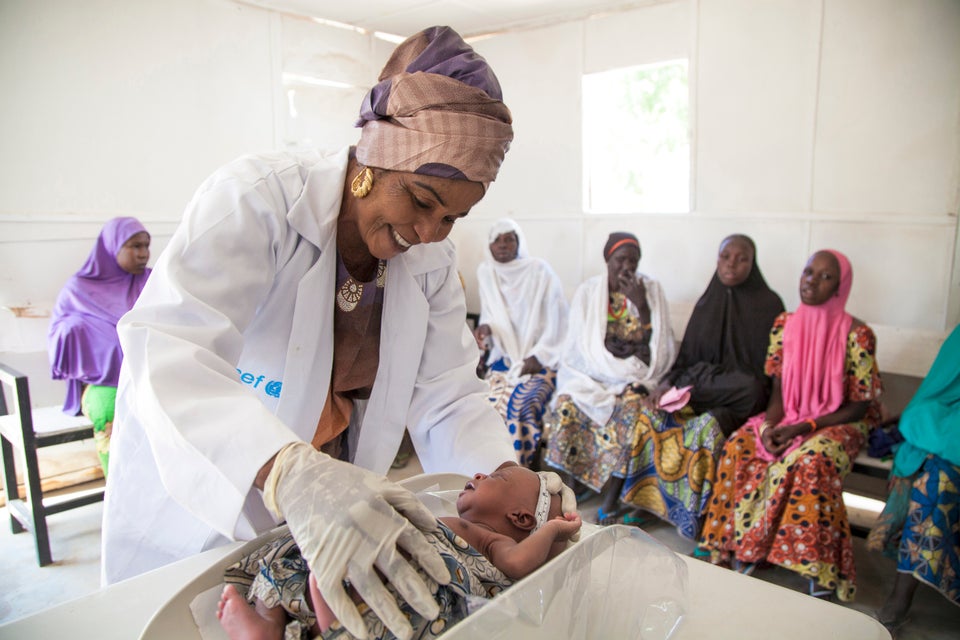
Unicef also noted that South Sudan has some of the highest maternal and infant mortality rates in the world, with one in 26 infants dying within 28 days of birth. The midwives in one hospital, Juba Teaching Hospital, are working against the odds to help mothers safely deliver their babies. Haemorrhages and a lack of antibiotics are some of the main challenges they face.
In the photo below, a nurse attends to a newborn baby receiving oxygen on the neonatal ward. According to the paediatrician on the ward, “if a baby needs anything more than basic treatment then there is nothing we can do. We are doing our absolute best but some things are simply out of our control”.
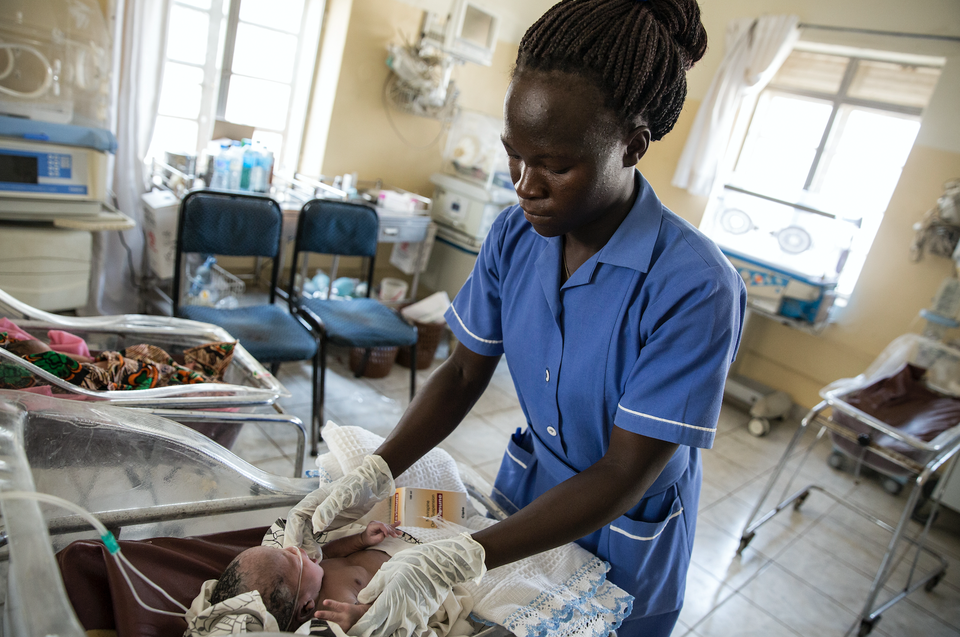
Midwife Helen Danies, who also works at the Juba Teaching Hospital, speaks with a new mother in the maternity ward in the photo below. The midwives try to keep spirits high and offer the highest quality of care they can.
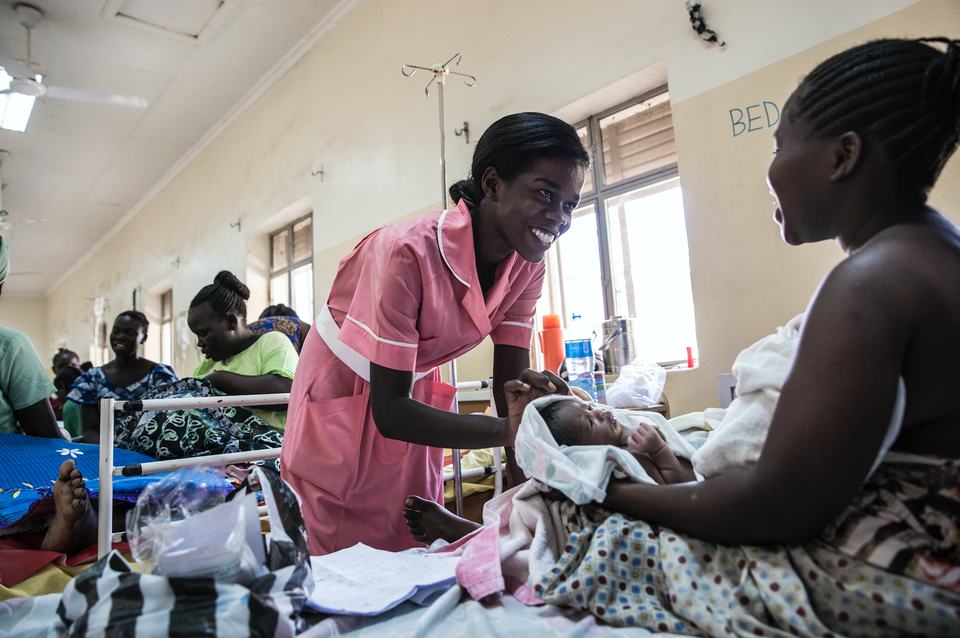
Find out more about UNICEF’s ‘Every Child Alive’ campaign here.